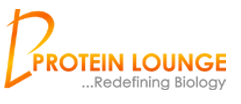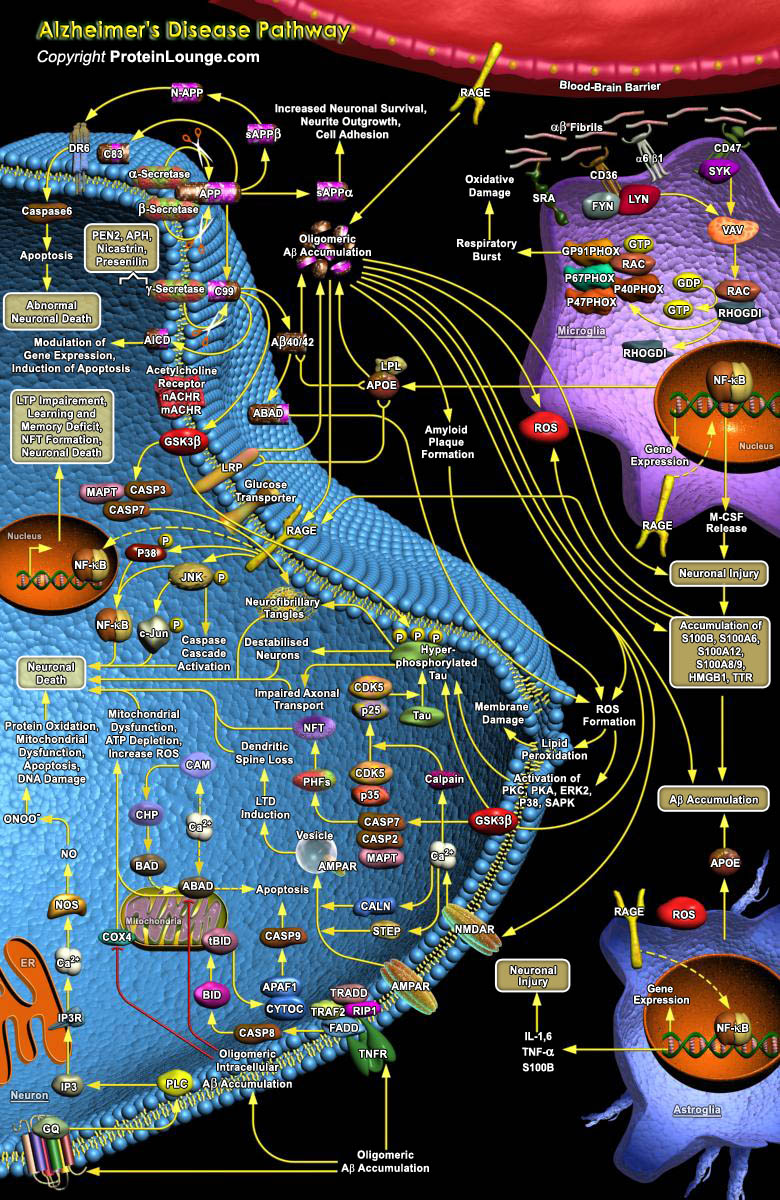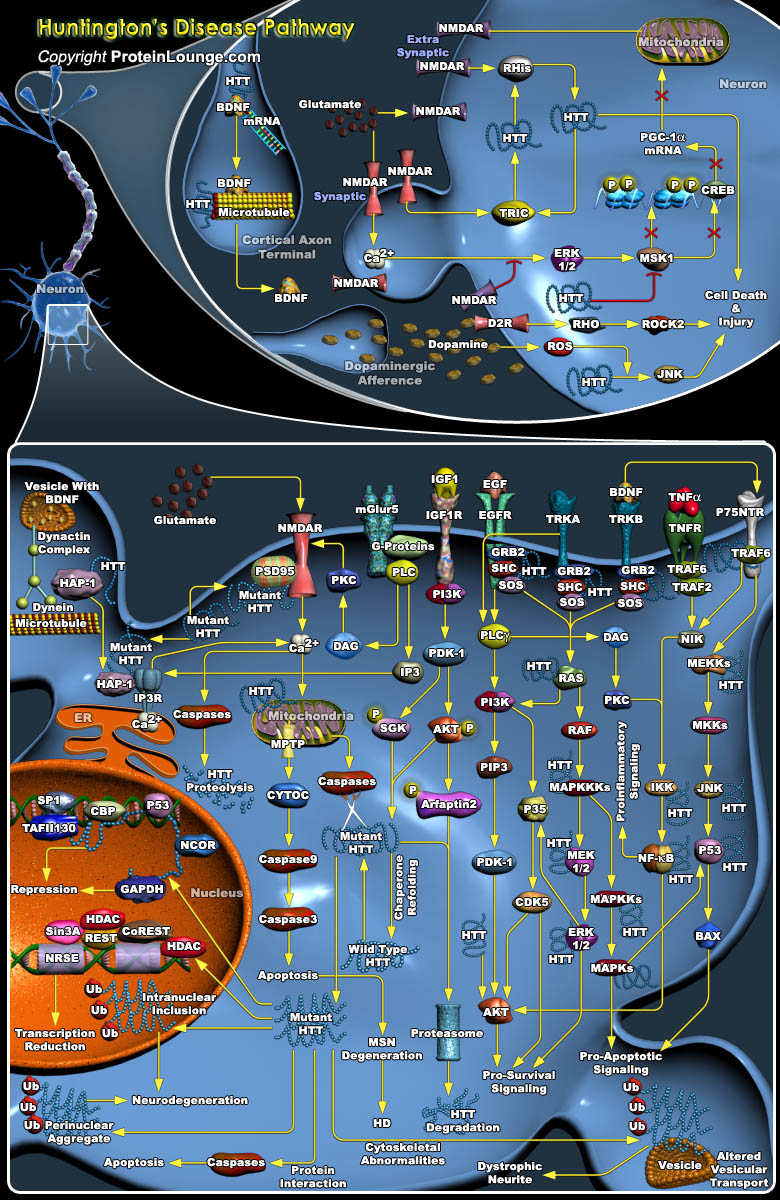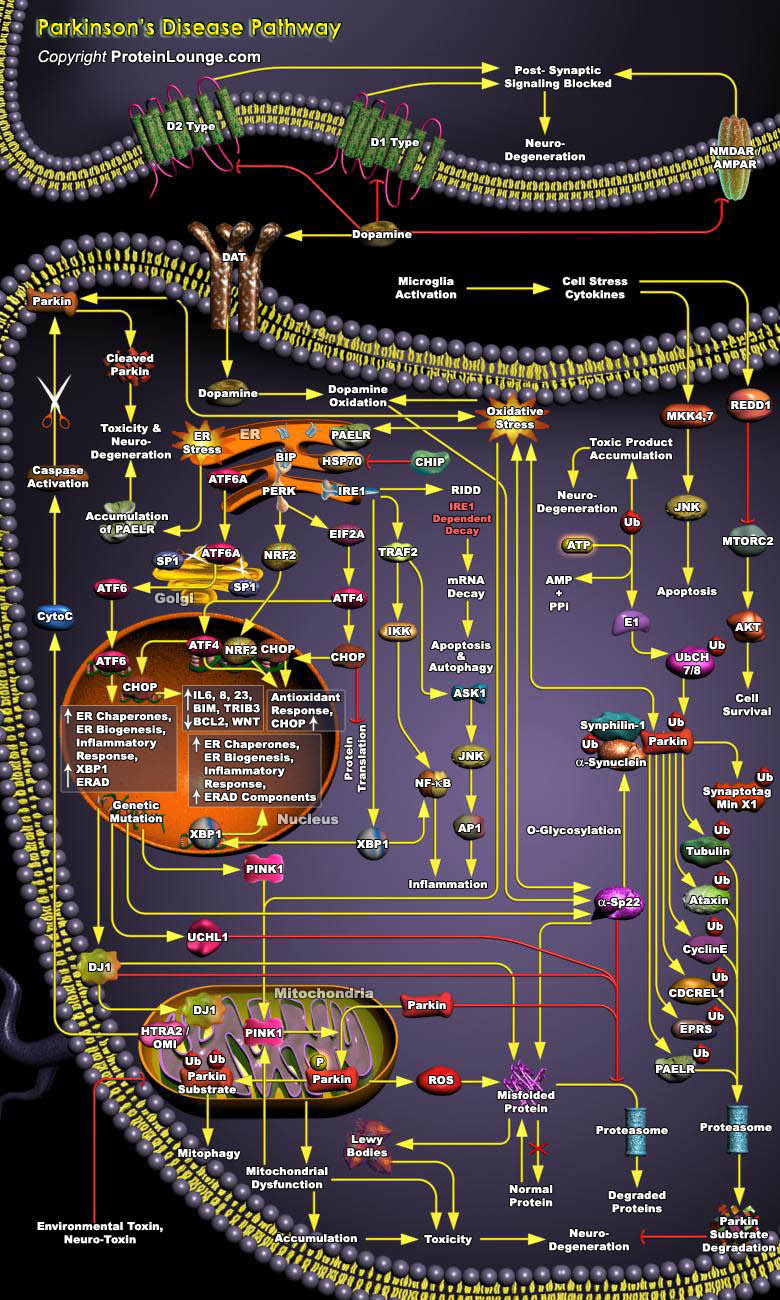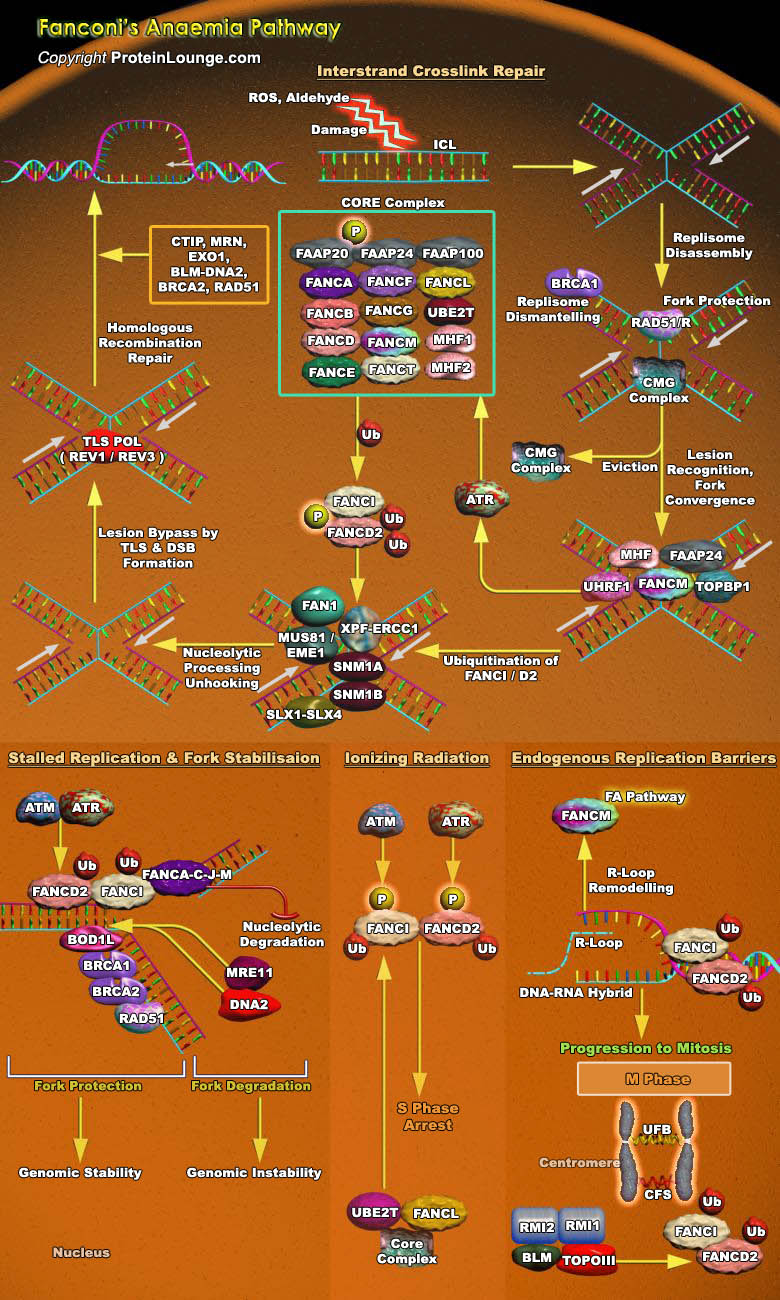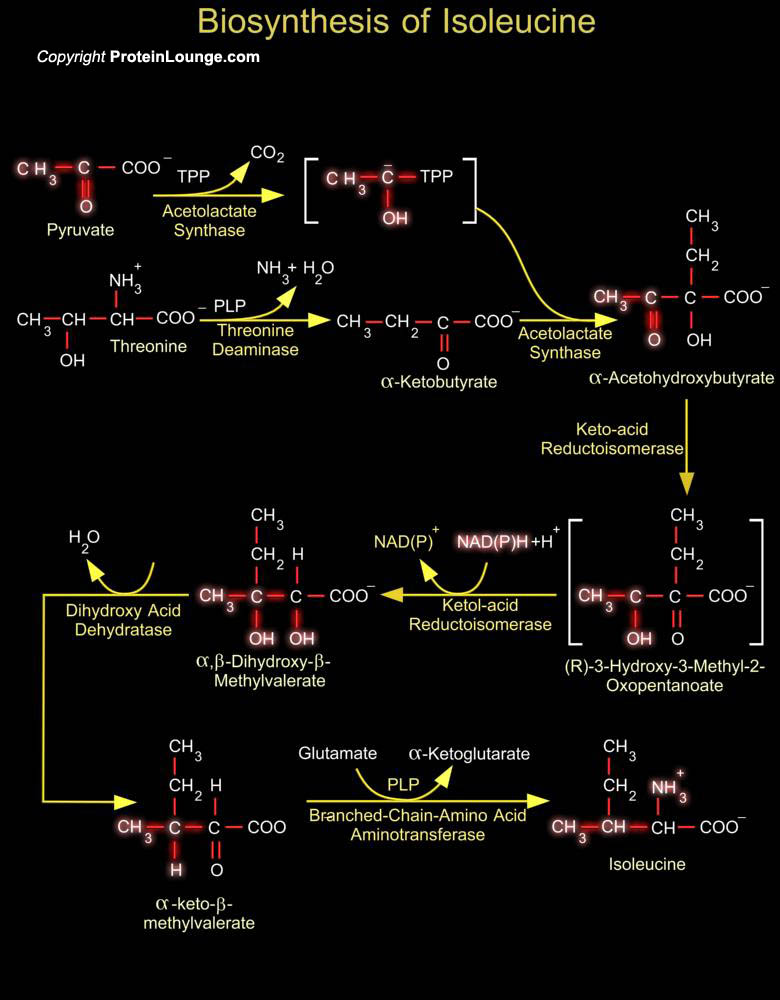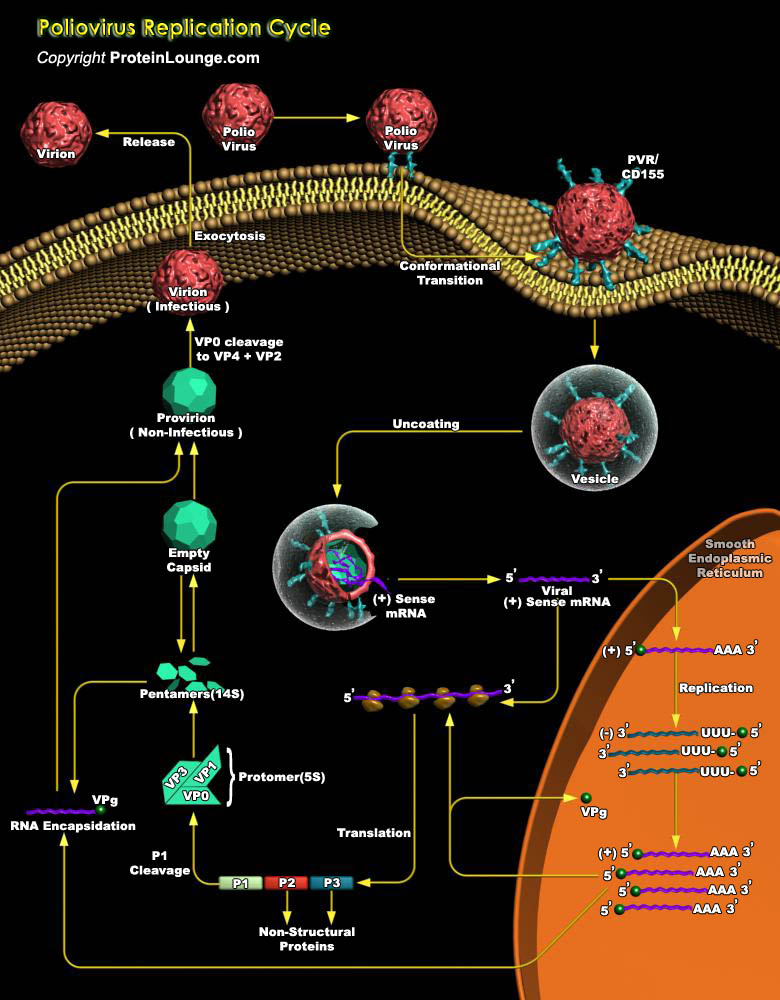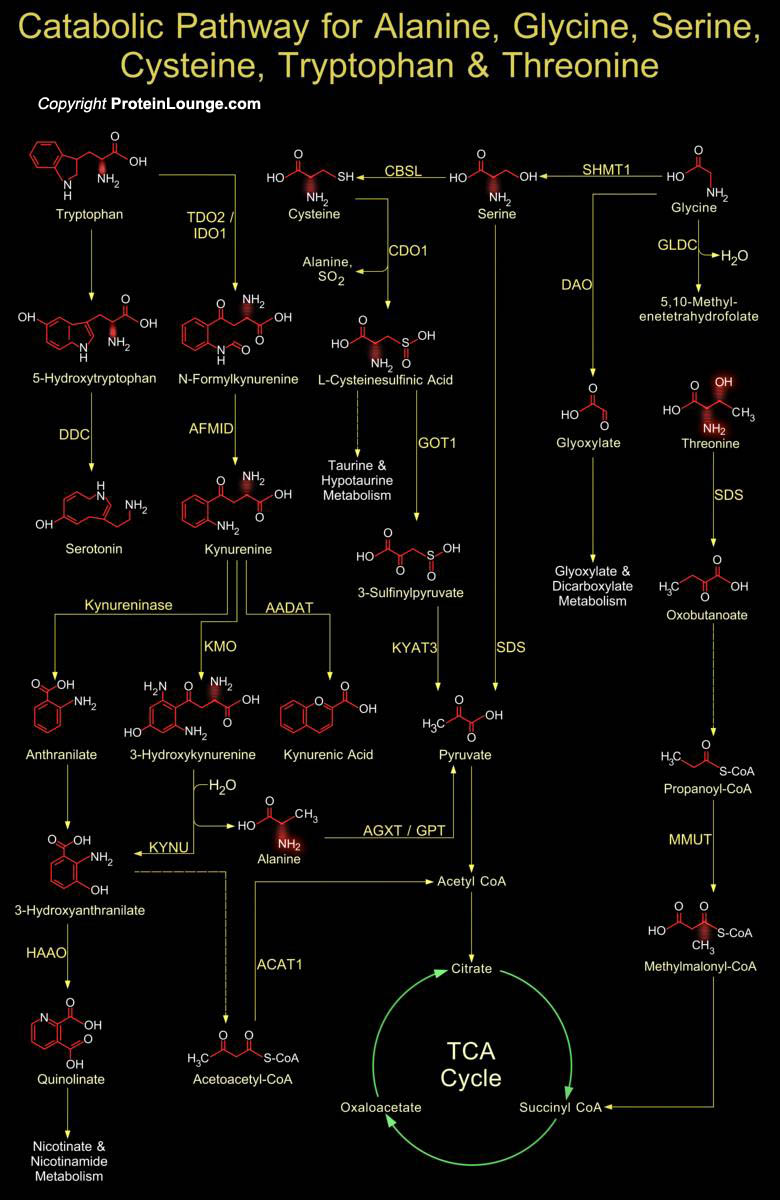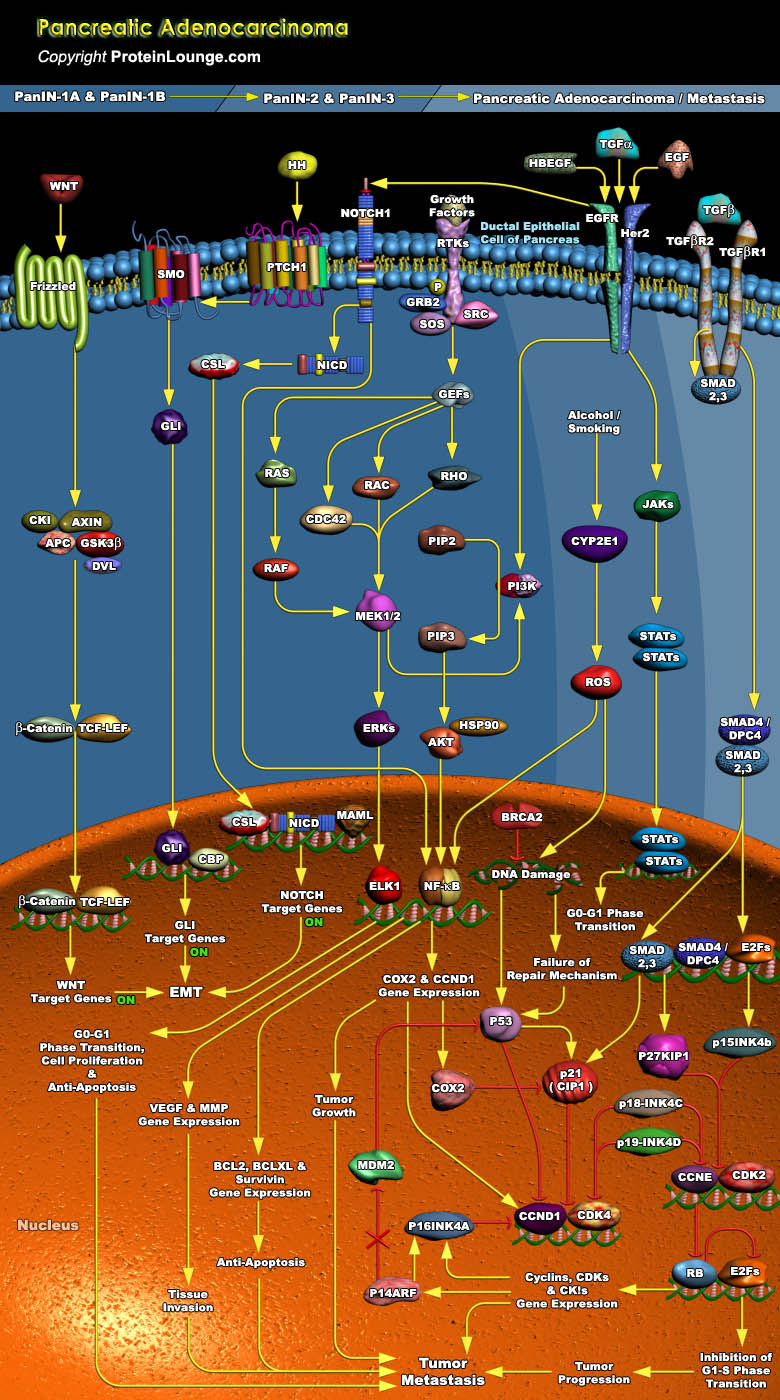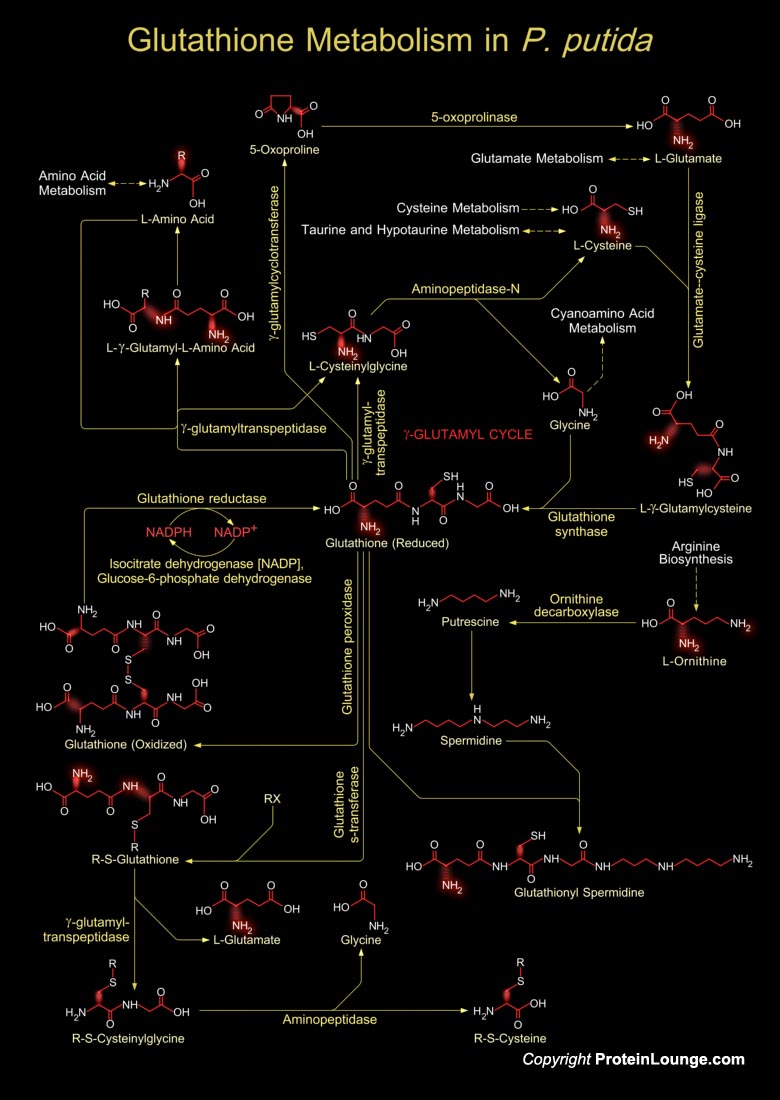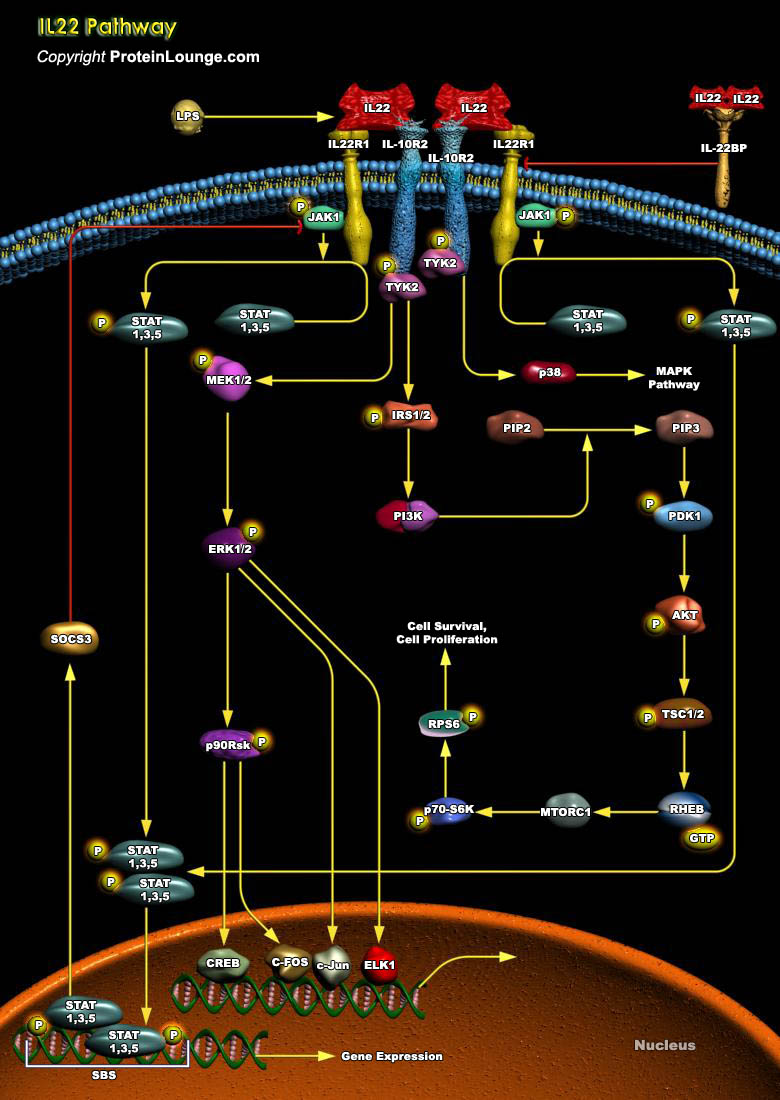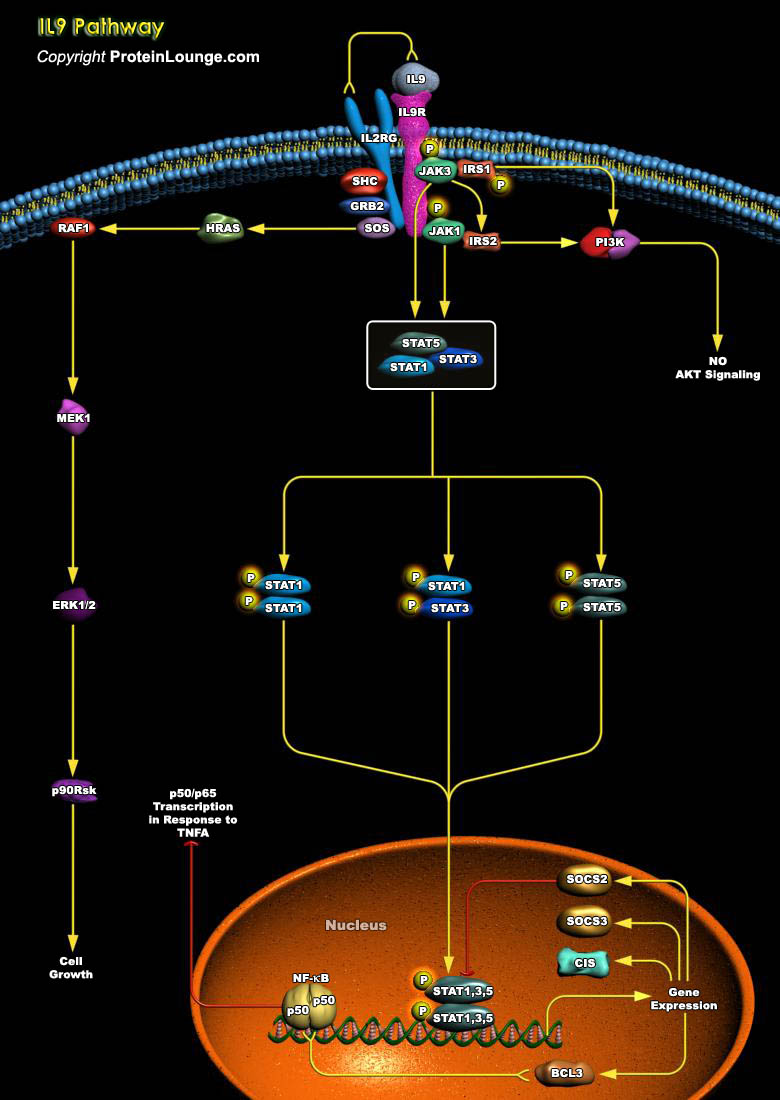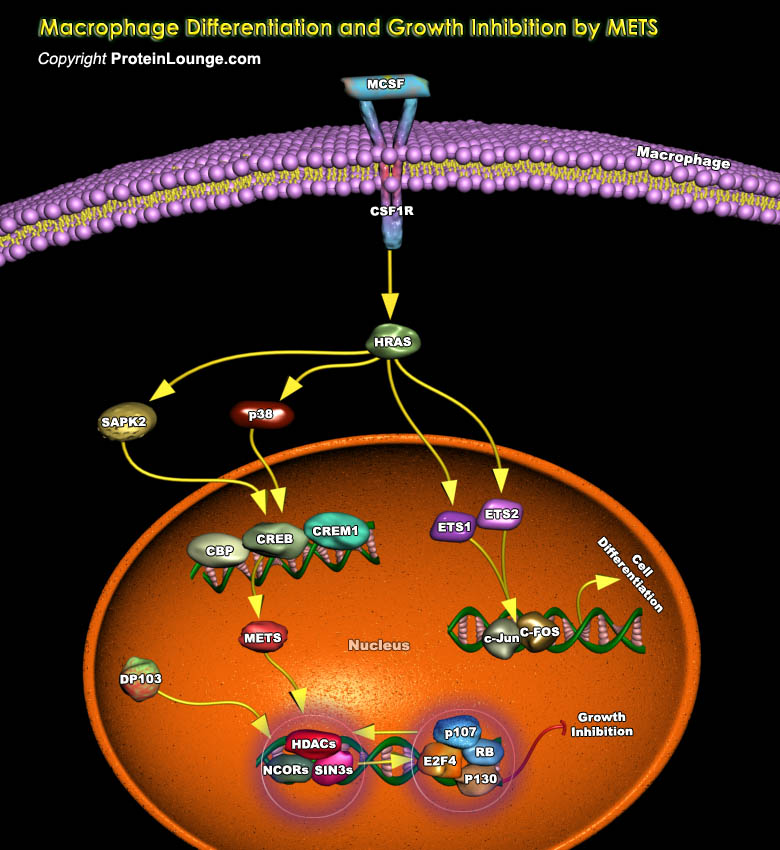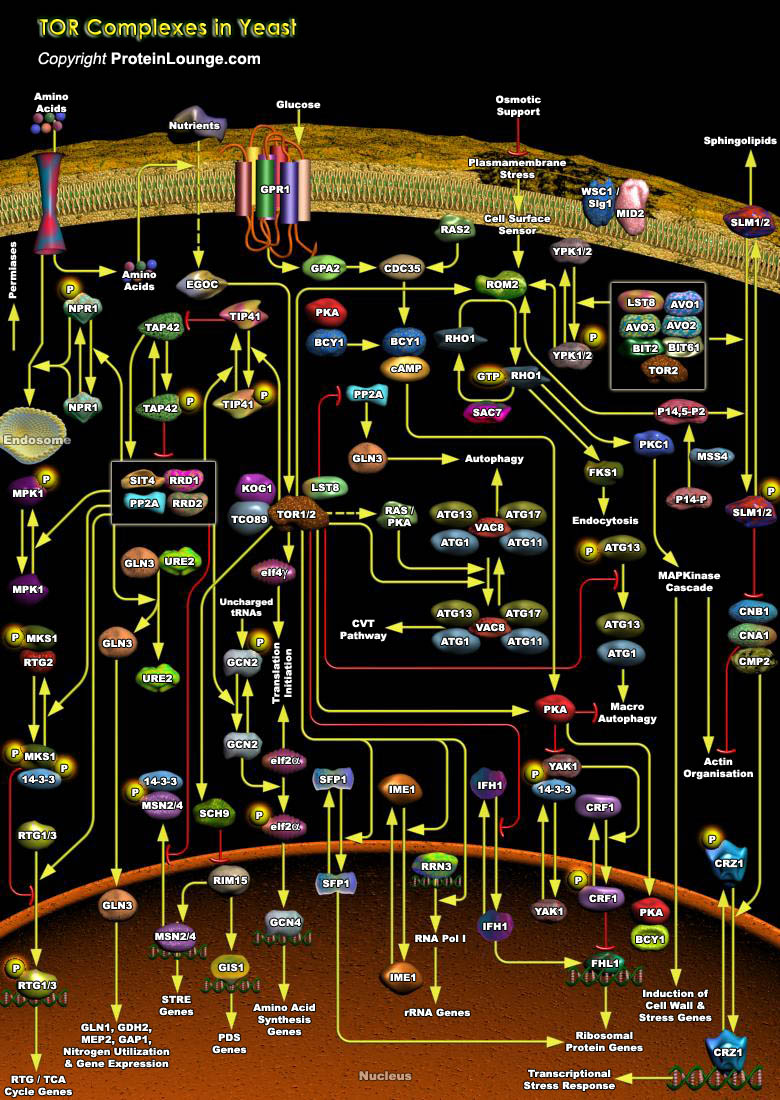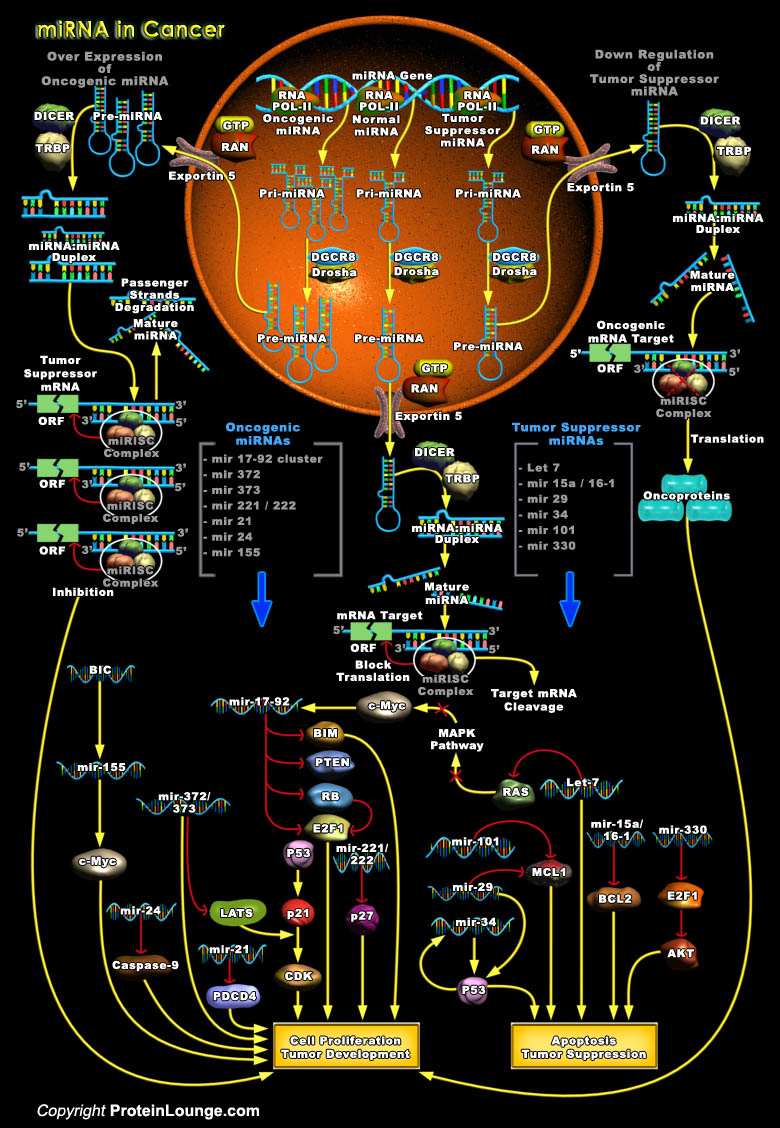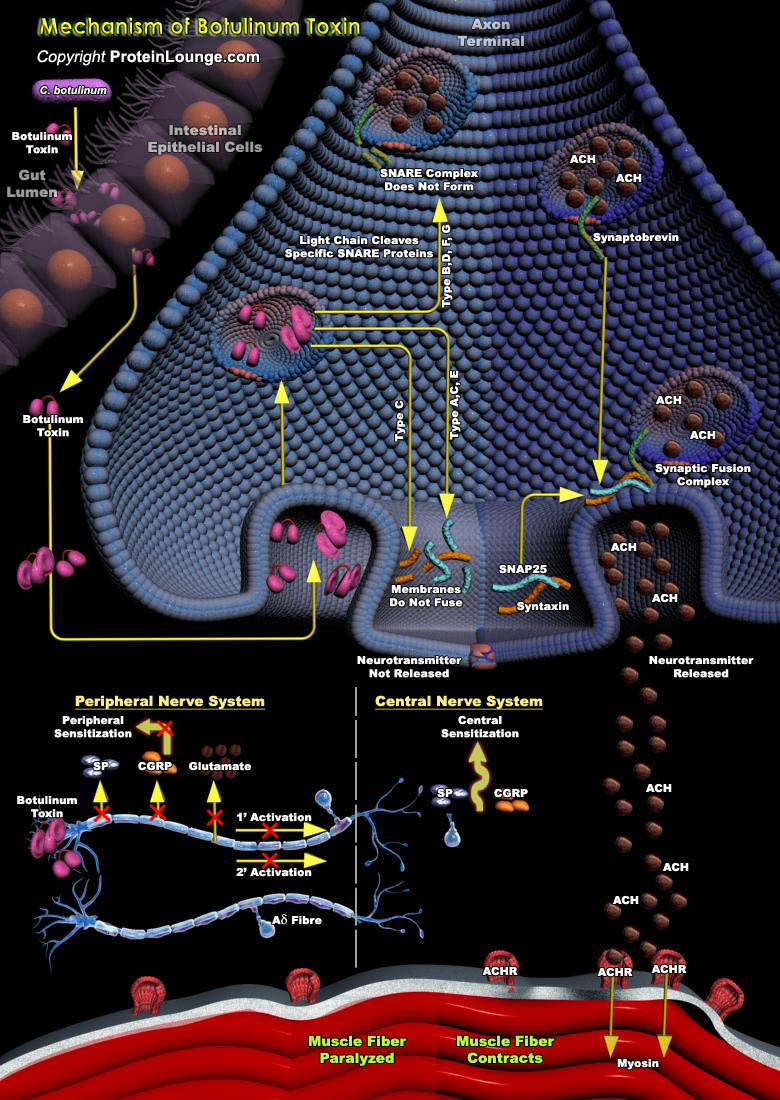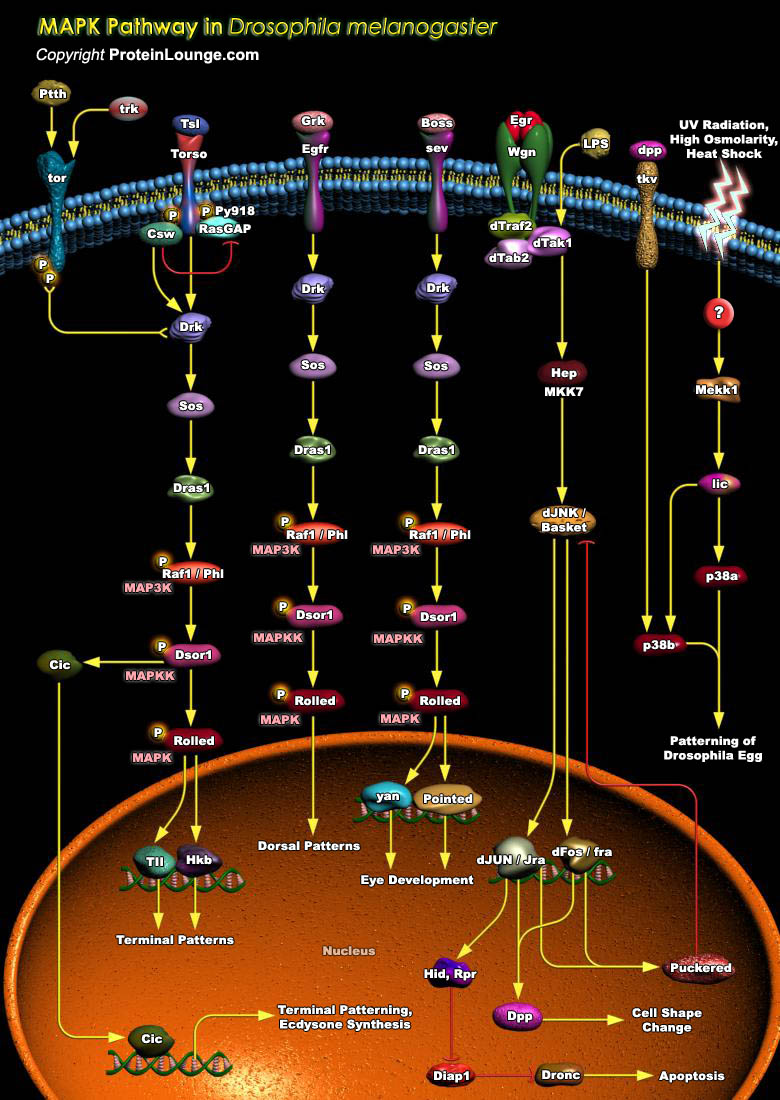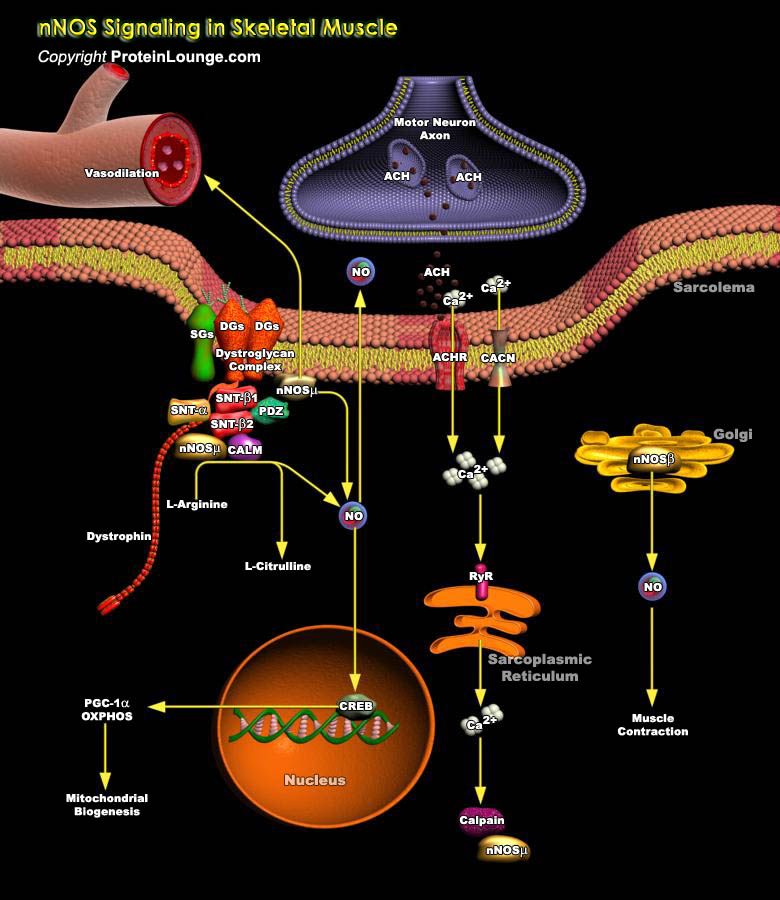Featured Pathways
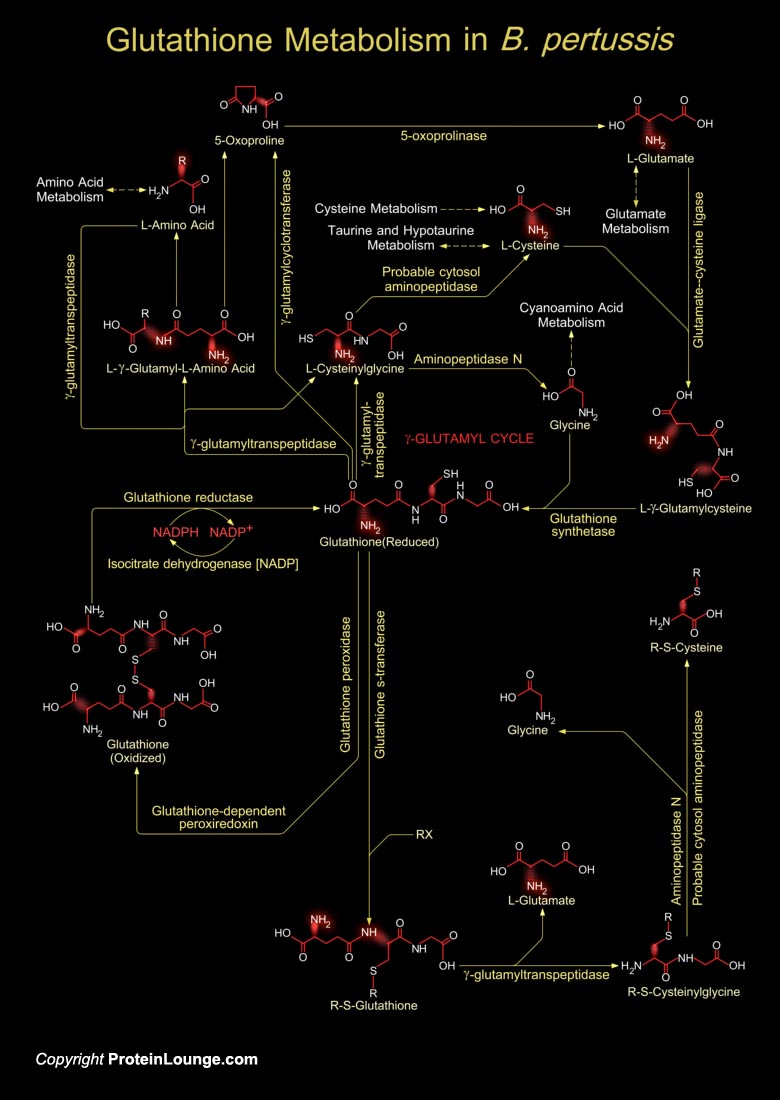
Bordetella is a Gram-negative Beta-proteobacteria that colonizes the respiratory tracts of mammals. It produces a complex array of adhesins, aggressins and toxins that are presumed to be important in the colonisation of its human host and in ensuring its survival and propagation. The organism also has highly sophisticated mechanisms for regulating virulence factor expression, in[..]
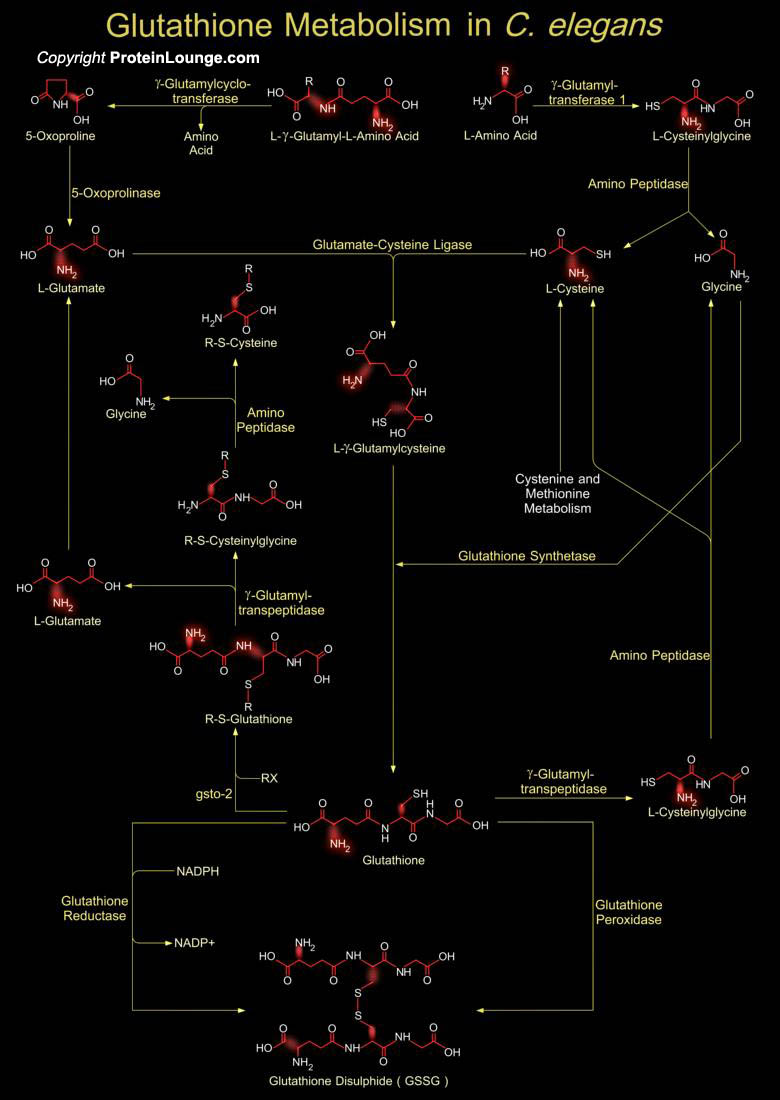
Glutathione is an intracellular low-molecular-mass thiol which serves as a major cellular line of defense against oxidative stimuli at several levels. Glutathione plays important roles in antioxidant defense, nutrient metabolism, and regulation of cellular. Glutathione deficiency contributes to oxidative stress leading to aging and the pathogenesis of many diseases (including[..]
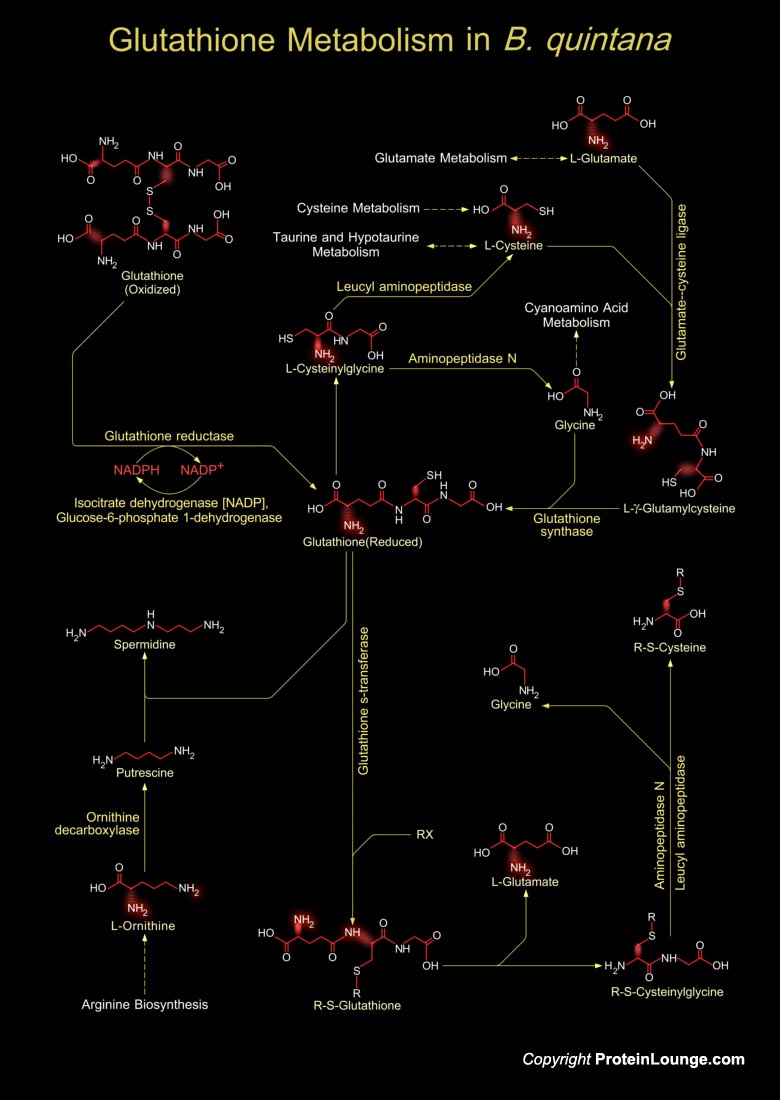
Bartonella quintana is a fastidious, Gram-negative bacteria pathogen and the etiologic agent of the trench fever. This disease was first identified in the trenches of World War I. The bacterium lives in the gut of the body louse and is transmitted in their faeces. It enters the human body through damaged skin or through the conjunctiva of the eye. Promiscuity and dirty conditions in[..]
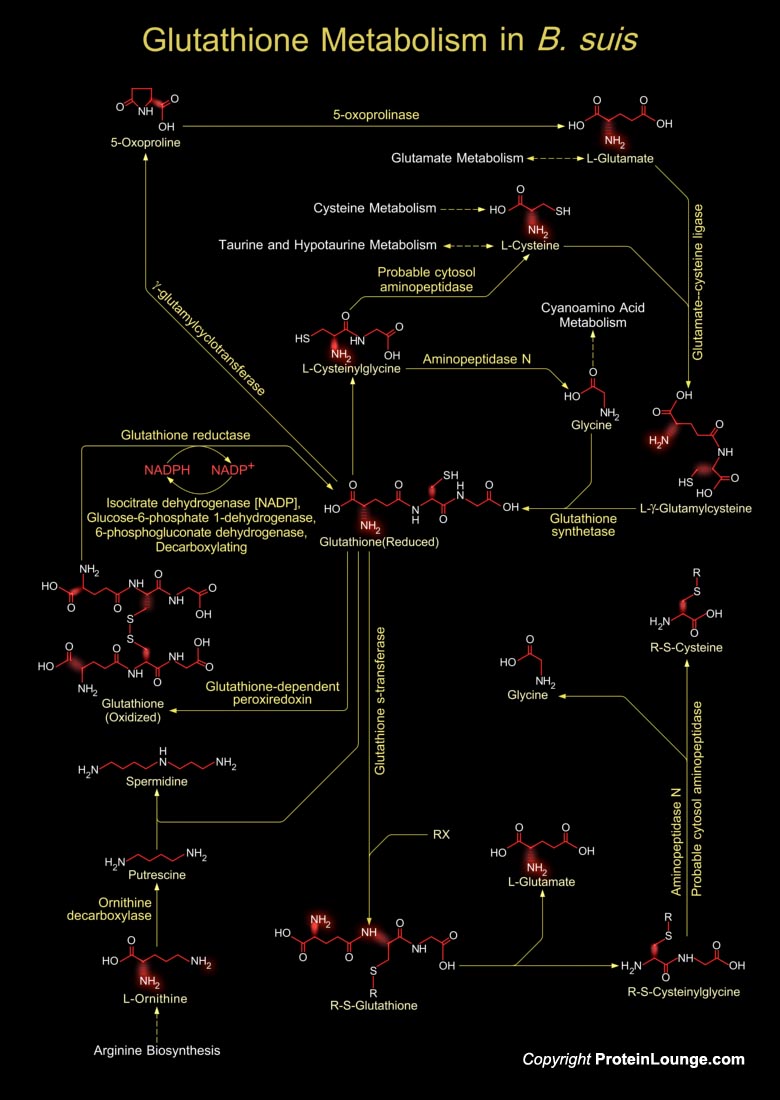
Bacteria of the genus Brucella are Gram-negative facultative intracellular pathogens of various wild and domestic mammals and are able to cause brucellosis, a severe zoonotic infection affecting ruminants, pigs, dogs, rodents, and cetacean. Traditionally, three major species are distinguished by their predilections for certain animal hosts: Brucella abortus for cattle,[..]
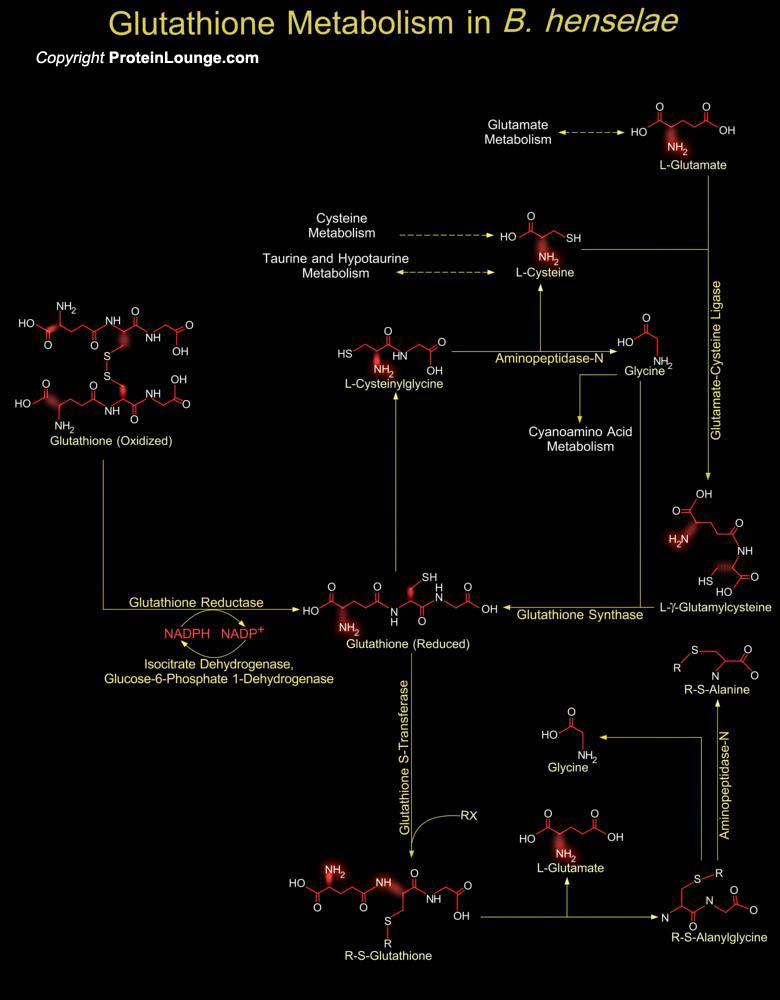
Bartonella henselae is a fastidious, Gram-negative bacterial pathogen of cats and humans. Bartonella sp. are transmitted by insect vectors, using mammalian reservoirs, infecting similar cell types (Endothelial cells and Erythrocytes) and causing vasculoproliferative changes in immunocompromised hosts. B. henselae causes CSD (Cat Scratch Disease). Most people with CSD[..]
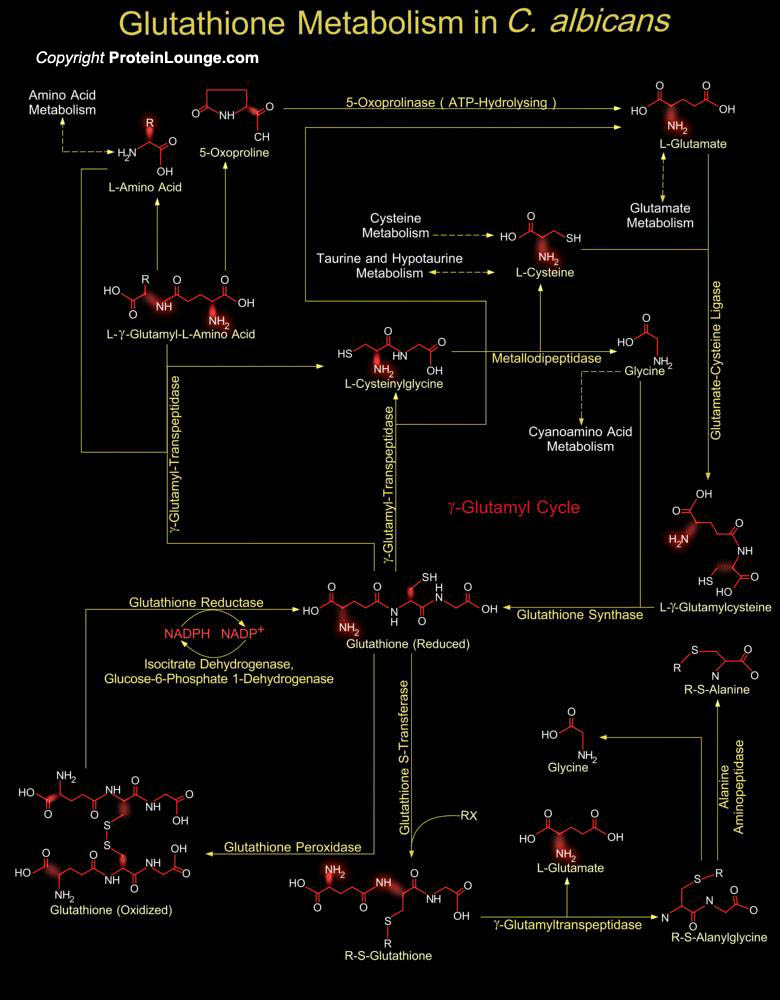
Glutathione is a sulfhydryl (-SH) antioxidant, antitoxin, and enzyme cofactor. It is ubiquitous in animals, plants, and microorganisms, and being water soluble is found mainly in the cell cytosol and other aqueous phases of the living system. It cannot enter most cells directly and therefore must be made available inside the cell from its three constituent amino acids: Glycine, Glutamate and[..]
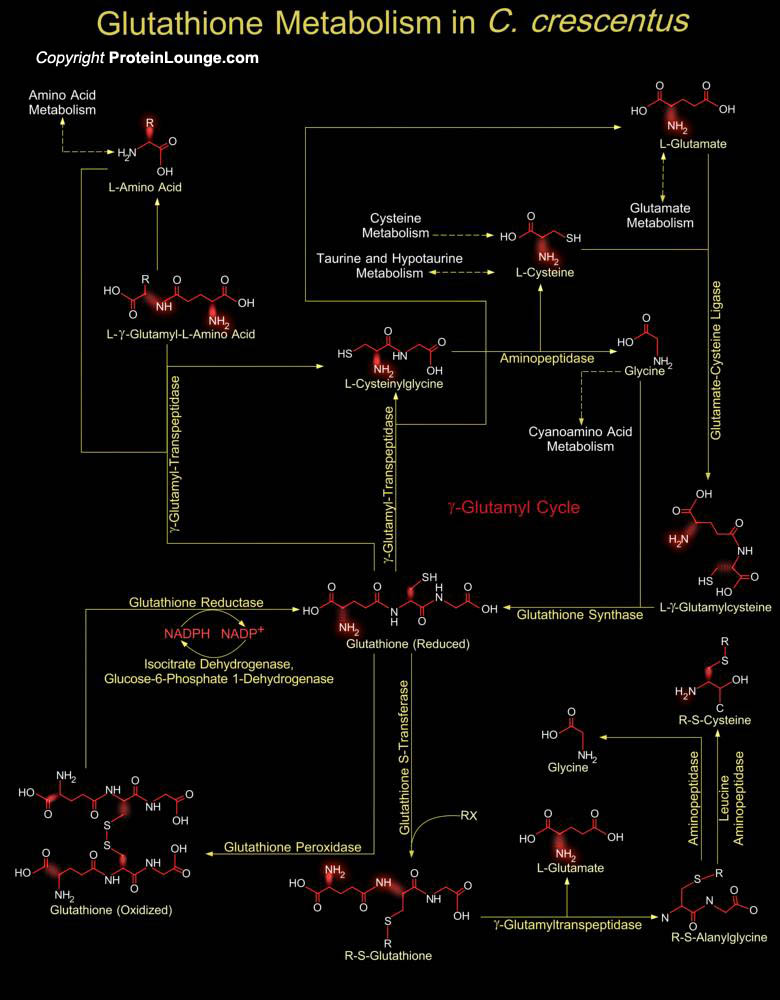
Caulobacter crescentus is a Gram-negative non-pathogenic bacterium that grows in dilute aquatic environments. It is a member of the Alpha-subdivision of Proteobacteria. C. crescentus invariably differentiates and divides asymmetrically at each cell cycle. C. crescentus is a simple and highly manipulable single-celled model system to study cellular differentiation, asymmetric division, and[..]
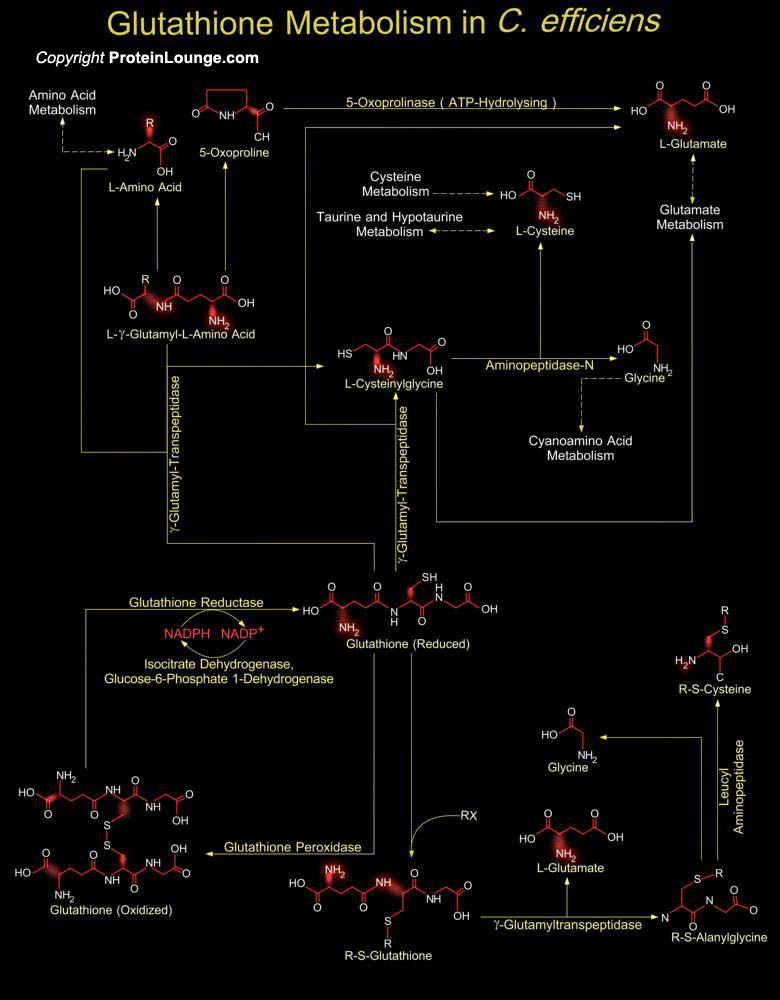
Corynebacterium efficiens is a small, generally nonmotile, Gram-positive, non-sporulating pleomorphic bacillus that enjoys widespread distribution. Corynebacteria are chemoorganotroph and aerobic, or facultatively anaerobic, exhibiting a fermentative metabolism (carbohydrates to lactic acid) under certain conditions. They are fastidious organisms, growing slowly on even an enriched[..]
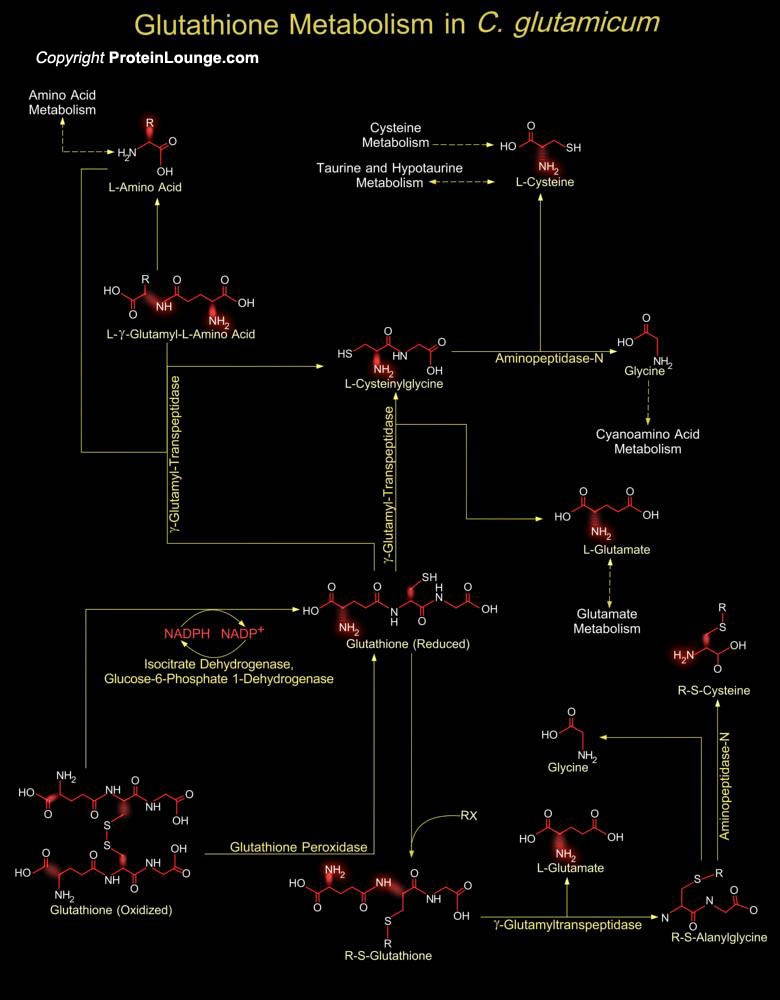
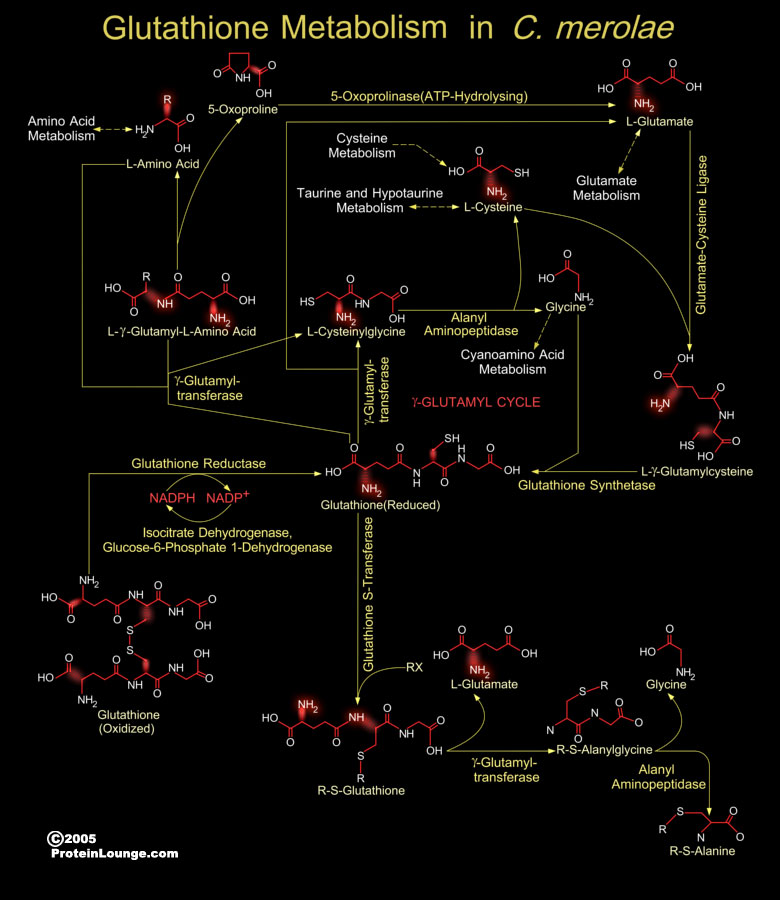
Glutathione is a sulfhydryl (-SH) antioxidant, antitoxin, and enzyme cofactor. It is found in the vast majority of prokaryotic and eukaryotic cells, where it often represents the major pool of non-protein reduced sulphur. It cannot enter most cells directly and therefore must be made available inside the cell from its three constituent amino acids: Glycine, Glutamate and Cysteine. The rate at[..]

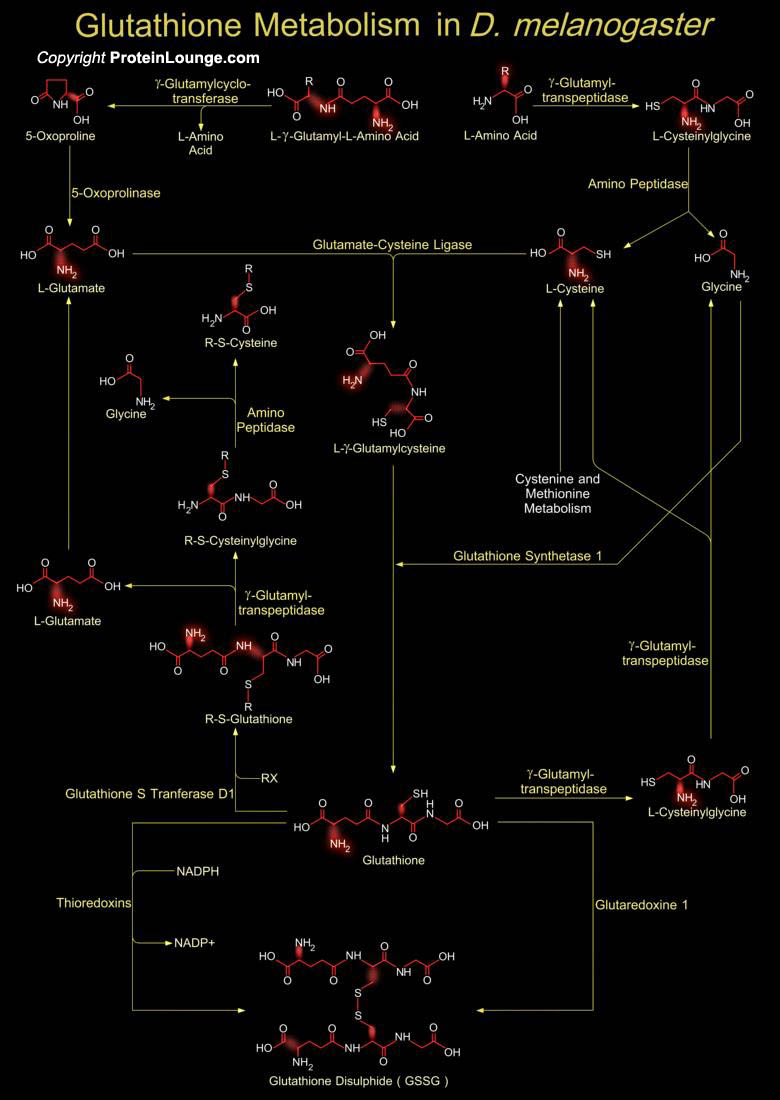
Glutathione(Gsh) is a sulfhydryl (-SH) antioxidant, antitoxin, and enzyme cofactor. It is ubiquitous in animals, plants, and microorganisms, and being water soluble is found mainly in the cell cytosol and other aqueous phases of the living system. Glutathione is a tripeptide composed of Glutamate, Cysteine and Glycine that has numerous important functions within cells. Glutathione is[..]
